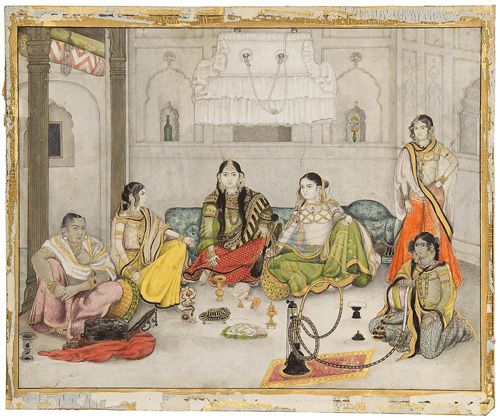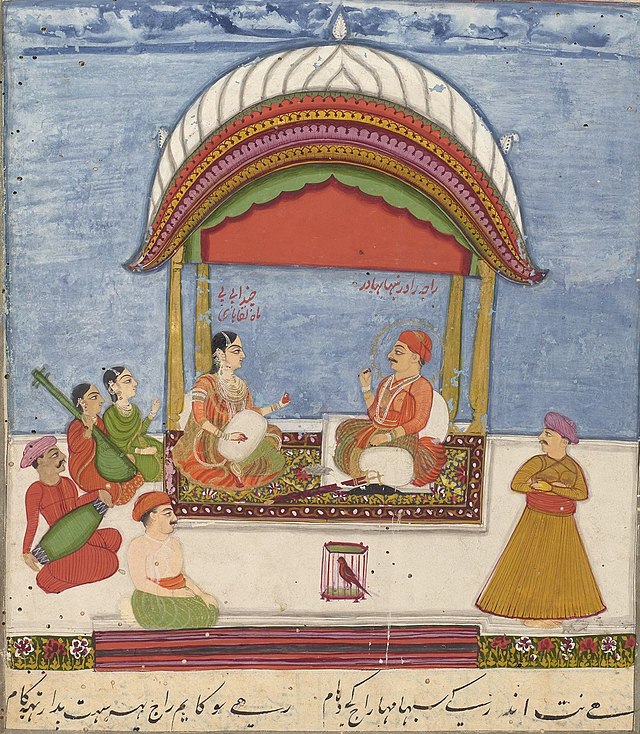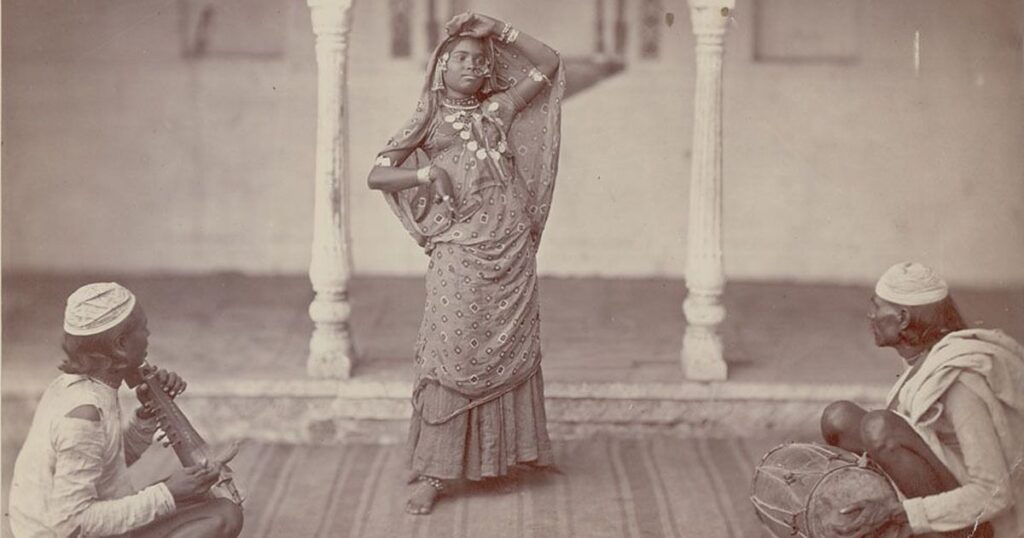From Carriers of Culture to Women of ‘Ill Repute’: Transformation Of Tawaifs In British Raj
Heeramandi has left people in awe of and sympathetic to tawaifs. Their talent and beauty have inspired many fashion trends but the dreadful display of their lives has raised many eyes on who they were. Tawaifs or nautch girls as the British called them were not always looked down. Before the British Raj, they enjoyed great respect as the carriers of culture. Tawaifs or baijis came to life with the advent of the Mughals in the Indian subcontinent. They used to be invited to the Mughal courts to deliver beautiful performances on special occasions.

In the Mughal era, music and dance developed into distinguished performing arts that gained immense reputation and recognition. They were the most popular entertainment and its practitioners were deemed as agents of culture. The traditional practice of ‘entertainment’ associated these art forms with physical pleasure and the label of prostitutes attached itself to these performers or entertainers. While the assimilation of the two labels theoretically would have reduced the authority and status of the practitioners, the label was hardly rigid.
Read: Indus Valley Civilization Sites and their findings
Within this group of prostitutes was a class of courtesans trained in finer nuances of dancing and music and educated in finer arts and literature. The band of performing courtesans was termed tawaif. They occupied an elite status in society and engaged with the likes of nobility and aristocracy. This thin line of difference distinguished courtesans from prostitutes; the distinction which lost its uniqueness in the translation of courtesans into nautch girls of India during the British Raj.

Devadasis in ancient India, the courtesans were connoisseurs of politics and persuasion as well. The courtesans were considered professional women entertainers freed from the confines of domestic life, childbearing, and conventional social life designated for women. They were the embodiment of refinement and pleasure which attracted the wealthy, and their kothas received the princes of native Indian states on their quest to learn etiquette, manners, and culture. They composed verses that served as the foundational root for the origin of thumri, ghazal, and many other semi-classical genres of music.
Read: Things To Know Before Visiting Bara Imambara
Most of these courtesans thrived on royal patronage but annexation of the Indian princely states by the British led to their decline, forcing the graceful cultural bearers to enter prostitution. The lack of funds and poor quality of life robbed the kothas of its grandeur turning them into brothels.
